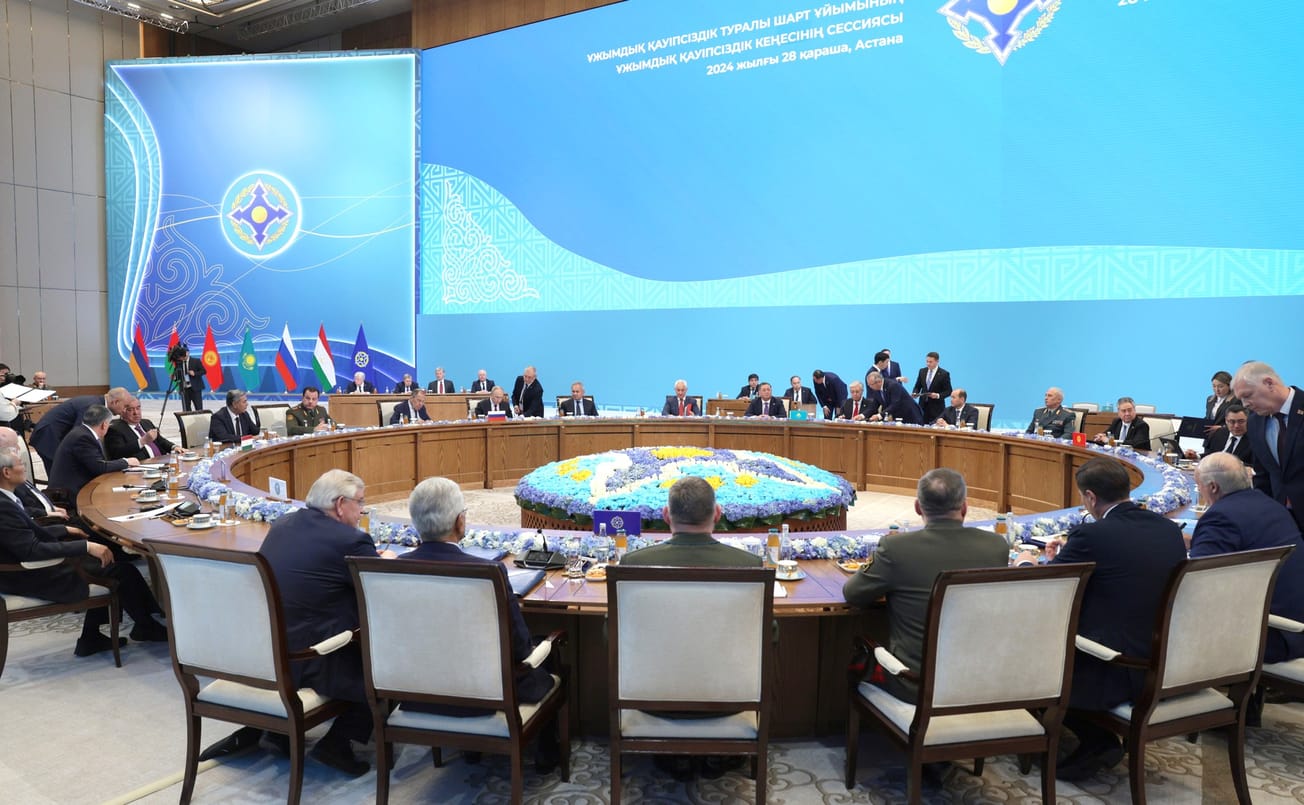Today’s White House Fact Sheet on Biden’s “Global COVID-19 Summit: Ending the Pandemic and Building Back Better” provides—aside from some silly posturing about a track record of world leadership in fighting COVID-19—a picture of a new-found interest in taking the fight against the virus to low-income and low-to-middle-income countries. It states a hard-won lesson: Emerging variants have set back global response efforts. (https://www.whitehouse.gov/briefing-room/statements-releases/2021/09/22/fact-sheet-president-bidens-global-covid-19-summit-ending-the-pandemic-and-building-back-better/)
It endorses the World Health Organization goal of vaccinating at least 70% of populations, but this is scheduled over 12 months. It would require over 10 billion doses, or about 4 billion more—so the amount is not actually the problem. It has been the vastly unequal distribution of the vaccines and the reckless disregard for expediting vaccine distribution. It is not clear from the Fact Sheet how soon how many doses will be distributed. It also endorses the G20 target of vaccinating “at least 40%” in 2021, but, if that means 40% in each country, there’s nothing to indicate an actual plan to make that happen. (If it simply means 40% of the world in general, or about 3 billion people, with China’s vaccination of over 1.1 billion Chinese, we’re already close to that goal.) So far, the biggest contributing factor in the West is the May 2021 offer by Pfizer to make available at cost vaccines to countries who agree to distribute them to needy countries. Pfizer offered 700 million to the United States and Biden agreed to fund 500 million, and those are being distributed, beginning in August.
The only clue given in the document is that Biden’s announcement of a second donation of 500 million Pfizer doses says that deliveries would begin in January 2022. Hopefully, this means that the first donation of 500 million will be finished by the end of this year. Presently, in August and September, around 10% of the 500 million have been distributed. (Also, for the record, reference is made to accelerating the distribution by “swapping delivery dates to secure earlier delivery of doses"—and it would be an improvement for the wealthier countries to back away from the vaccine trough to allow others access. However, it is not clear if this is sufficient to get the other 90% of the first Pfizer 500 million doses to the needy countries in the next three months.) China and India have already been working on announced goals for 2021 that surpass 2 billion doses to stressed countries. So far, America has distributed about 160 million doses, less than a fifth of what China’s already done—though 90% of what China has done has been through low-cost sales, while the United States is donating vaccines.


